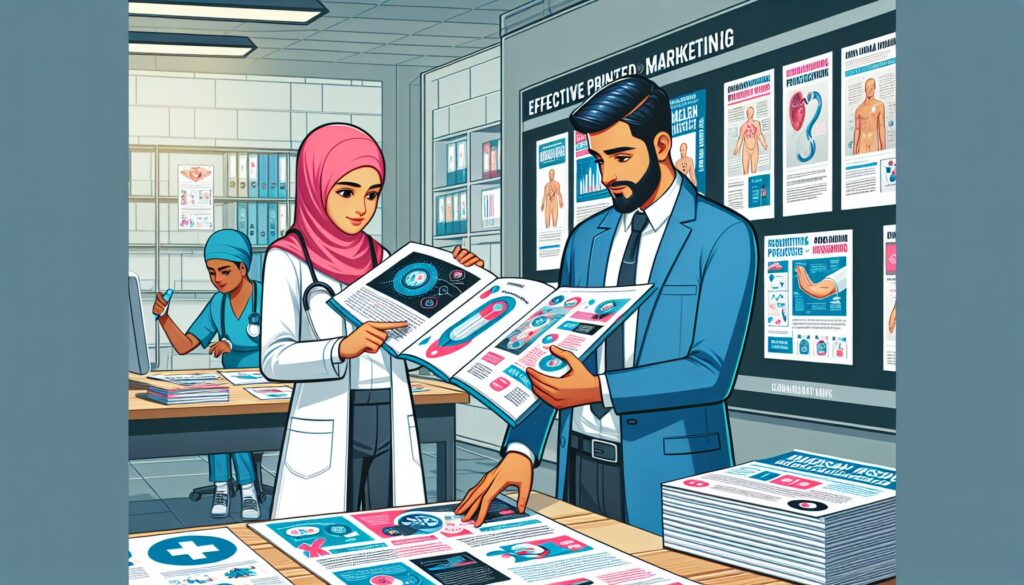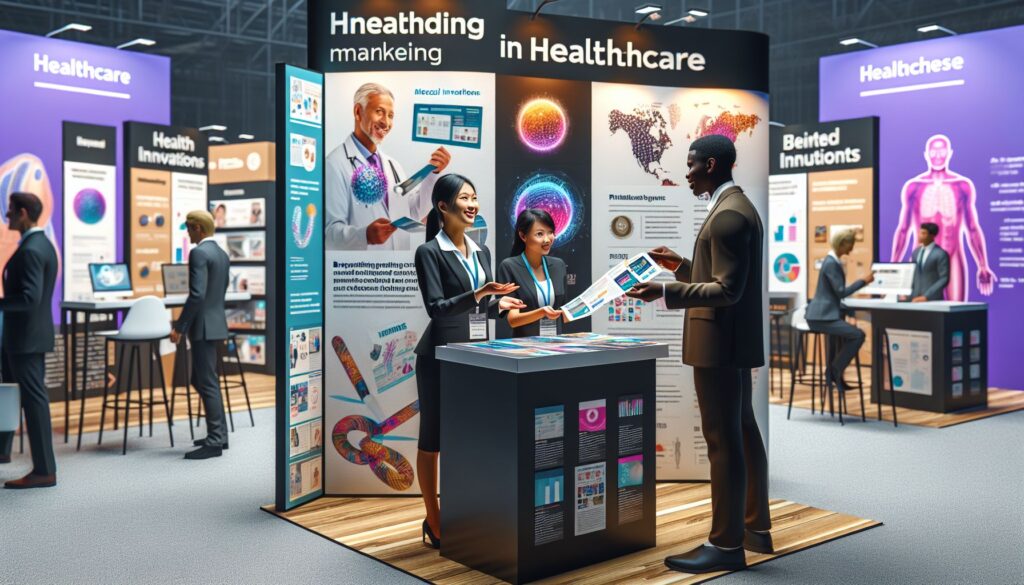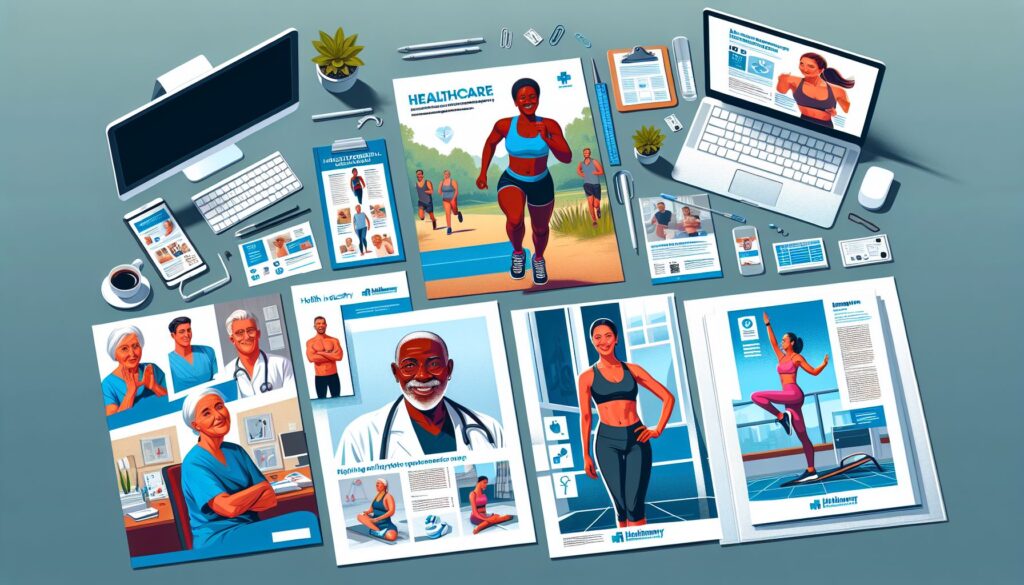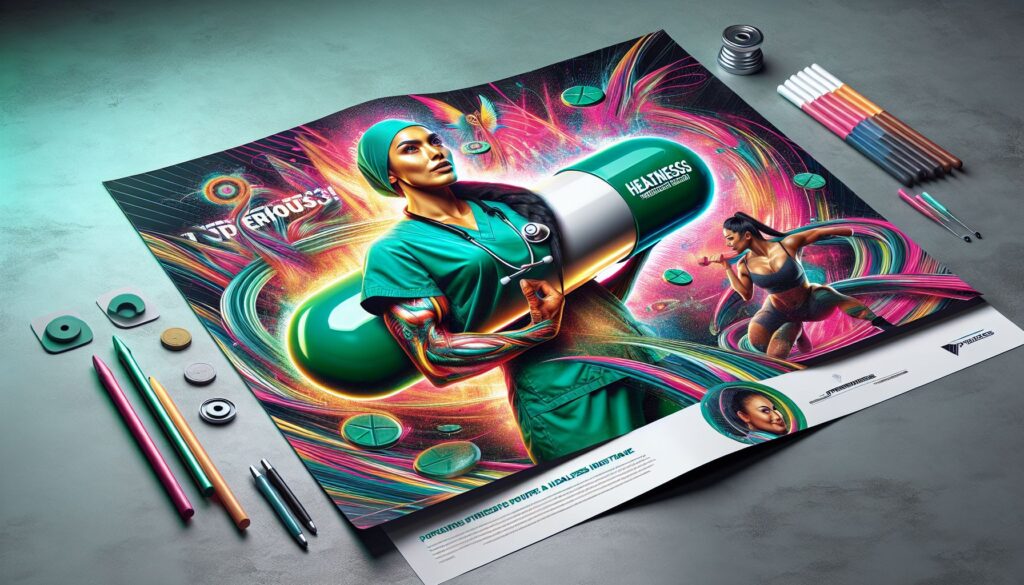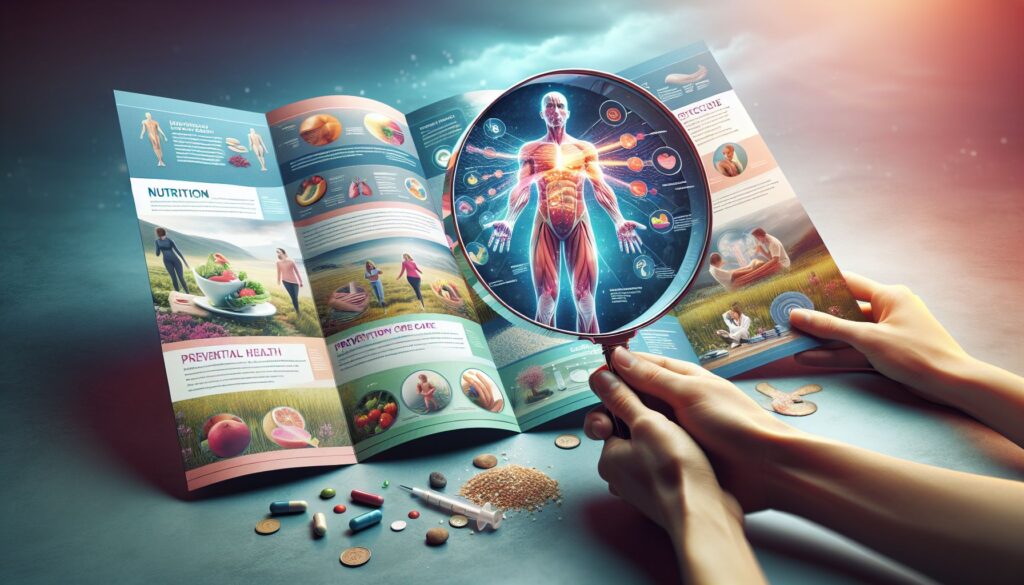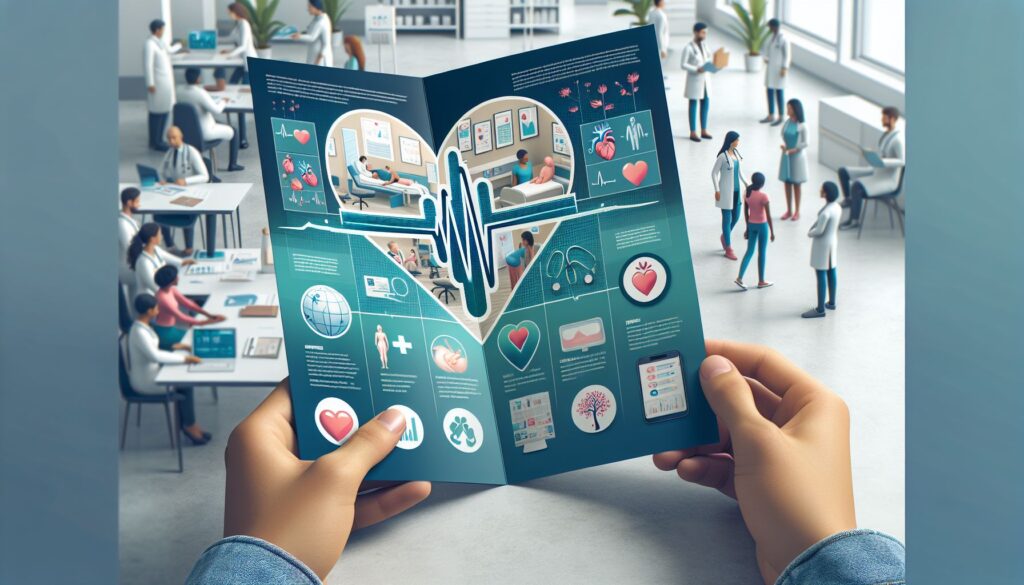In today’s digital age, it’s easy to get caught up in the latest trends and technologies when it comes to marketing. However, one marketing strategy that shouldn’t be overlooked is printed marketing. In the health industry, printed marketing materials can be incredibly effective in reaching and engaging with patients and healthcare professionals.
Introduction to Printed Marketing in the Health Industry
Printed marketing materials have been a staple in the health industry for decades. From brochures and flyers to posters and business cards, these tangible pieces of marketing collateral have the power to inform, educate, and persuade. In a healthcare setting, where trust and credibility are paramount, printed materials can help foster a sense of reliability and professionalism.
Benefits of Printed Marketing in the Health Industry
There are several benefits to using printed marketing materials in the health industry. First and foremost, these materials can be customized to target specific demographics or patient populations. For example, a pediatric clinic may create colorful and playful brochures to appeal to children and their parents, while a cardiology practice may use more technical language and imagery to appeal to a more medically savvy audience.
Printed materials also have longevity in a way that digital marketing does not. While an email may get lost in a cluttered inbox or deleted without being read, a physical brochure or flyer can be kept on hand for reference or shared with others. Additionally, printed materials can help reinforce brand recognition and awareness. A well-designed business card or brochure can leave a lasting impression on a patient or healthcare professional, increasing the likelihood that they will remember and return to your practice.
Types of Printed Marketing Materials in the Health Industry
There are a variety of printed marketing materials that can be utilized in the health industry. Some common examples include:
- Brochures: Brochures are a versatile marketing tool that can be used to provide detailed information about your practice, services, and specialities.
- Flyers: Flyers are a cost-effective way to promote events, services, or special offers to a targeted audience.
- Posters: Posters can be used to advertise upcoming events, educational seminars, or new services.
- Business Cards: Business cards are an essential networking tool that can help healthcare professionals make a lasting impression on potential patients or colleagues.
- Direct Mail: Direct mail campaigns can be a great way to reach potential patients in a specific geographic area.
Tips for Creating Effective Printed Marketing Materials
When creating printed marketing materials for the health industry, it’s important to keep a few key tips in mind:
- Design: The design of your materials should be professional, clean, and easy to read. Use high-quality images and colors that reflect your brand.
- Content: Make sure your content is clear, concise, and informative. Highlight the benefits of your services and why patients should choose your practice.
- Call to Action: Include a clear call to action on all of your materials, whether it’s to schedule an appointment, visit your website, or contact your office.
- Contact Information: Make sure your contact information is prominently displayed on all of your materials, including your phone number, address, website, and social media profiles.
- Consistency: Make sure your printed materials are consistent with your brand identity, including logos, colors, and messaging.
Conclusion
Printed marketing materials continue to be a valuable tool in the health industry. From brochures and flyers to posters and business cards, these tangible pieces of marketing collateral have the power to inform, educate, and persuade patients and healthcare professionals. By utilizing printed materials in your marketing strategy, you can reach a wider audience, increase brand recognition, and establish trust with your target market. So don’t overlook the power of printed marketing in the health industry – it may just be the key to unlocking your practice’s full potential.…



